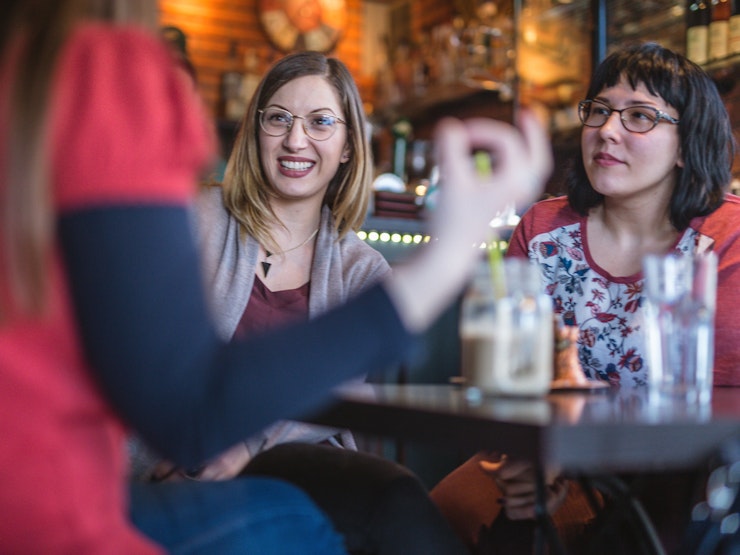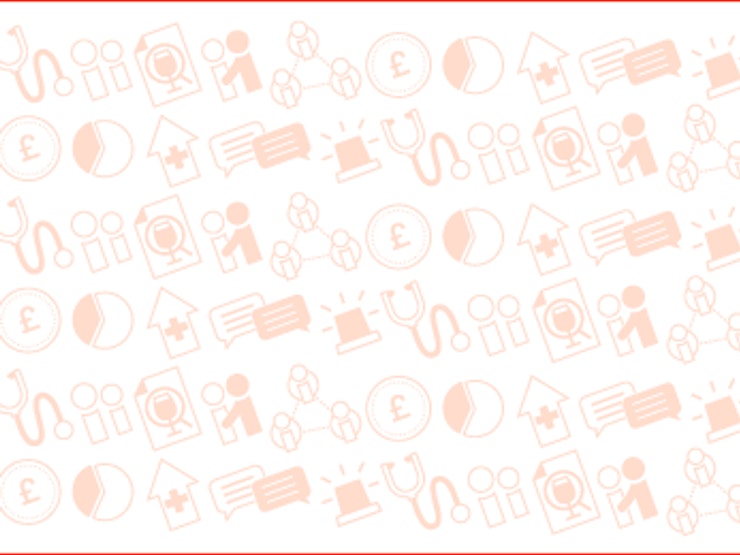Note: This report was funded and/or written by our predecessor organisation, Alcohol Research UK (ARUK).
31 May 2012
Researchers:
Natalie Coe and Alex Hartigan at the Institute of Alcohol Studies.
Aims
Adolescent exposure to alcohol media content has been found to be associated with future drinking practices (Smith and Foxcroft, 2009; Anderson et al., 2009) as well as influencing immediate alcohol consumption (Engels et al., 2009). With the ubiquity of the Internet and New Media in young people’s lives today, there are influential new media channels that must be examined for their alcohol content. While most previous research has attempted to gain an insight into the influence of online alcohol content on young people through examining the content of websites popular with young people (Moreno et al., 2007, 2010), the current study examines the characteristics and influence of actual Internet content experienced by young people. This was achieved by focusing on three objectives:
- Objective 1. To explore the ways in which young people respond to alcohol references in Internet media.
- Objective 2. To examine the prevalence and nature of alcohol content in sampled Internet use.
- Objective 3. To examine the association between alcohol references, alcohol consumption and implicit attitudes towards drinking.
Design
Participants
A total of 112 participants took part in this study, with 10 taking part in a shorter pilot study and 102 in the main study. Participants were recruited from 6 youth clubs across London (mainly in the boroughs of Bromley and Camden) between November 2010 and July 2011. The mean age was 15.4 years (SD 1.0) and 59.8% were male.
Methods
Study 1 was a thematic analysis of audio recordings taken from semi-structured interviews with young people where they were asked to appraise the qualities of 10 screenshots drawn from actual Internet activity that contained references to alcohol and non-alcoholic drinks.
Study 2 was a content analysis of participants’ 1 hour recorded Internet usage, played back at 1 frame per second and analysed for website type, activity (active vs. passive), source (peer vs. other vs. commercial vs. self), prominence (on a 4-point scale) and valence (on a 5-point scale from -2 to +2).
Study 3 examined the relationships between alcohol exposure (from Study 2), with self-reported consumption (through questions derived from the ESPAD and SDD surveys) and implicit attitudes (through an implicit association test).
Findings
Study 1 Summary
Interviews carried out with young people where participants were shown images that contained either alcohol or non-alcoholic drinks revealed an interesting variety in young people’s responses to images of drinks. Generally, participants favoured stylised and colourful settings, and characters who appeared to be having fun, and who they could relate to. Images of user-generated content from sites such as Facebook provoked more discussion and participants displayed polarised views towards such screenshots, focussing on either the fun aspect of such images or on the embarrassment of drunken photographs being visible to other people. Young people tended to interpret characters in images as being drunk based on unusual behaviour or dress, and the appearance of the face and posture, rather than on the presence of alcohol in a photograph. Drunkenness was generally seen as a bad thing, and alcohol provoked more negative than positive responses.
Study 2 Summary
Young people involved in this study encountered significantly more alcohol content than non-alcoholic content when using the Internet (a total of 8723 frames relative to 6090). Young people were more likely to engage with alcohol content found online than with non-alcoholic content, and content was considerably more likely to have been generated from outside the participants’ peer group than from within it. Relatively few instances of direct commercial references to alcohol were found. Young people were far more likely to interpret alcohol content positively than non-alcoholic content.
Study 3 Summary
A test of participants’ implicit attitudes to alcohol showed that those with more positive implicit attitudes were more likely to consume more alcohol. There was evidence of an association between any alcohol exposure and the proportion of alcohol references and heavy episodic consumption. Analysis of the data generated did not provide evidence of causality or any indication of whether increased consumption led to participants encountering a greater number of alcohol references online. Results did however highlight the interaction between uptake of alcohol media content, implicit attitudes to alcohol consumption and how intertwined they are.
Implications
Overall this project provided an insight into the prevalence and qualities of alcohol media content encountered online, how young people interpret this content, and the relationship it has with consumption of and attitude towards alcohol.
A clear trend was observed in Study 1 whereby participants focussed on the aesthetics of a setting depicted in the screenshot and the physical appearance of any characters within the screenshot rather than contextual information. This superficial evaluation was interesting in light of the content analysis in Study 2 where it was found that content tended predominantly be of a passive–other nature. If alcohol media messages are being processed superficially, and a great deal of content encountered by young people online is content not particularly salient to the individual, it can be seen how cognitive uptake of this alcohol content could occur very easily and possibly outside participants’ awareness.
What can be inferred through the current study is that online alcohol content is more prevalent than non-alcoholic content, that this content tends to take the form of passive background references that are received in more positive contexts, and that this content shows statistical relationships with consumption at an individual level.
References
Anderson, P., de Bruijn, A., Angus K., Gordon, R., and Hastings G. 2009. Impact of alcohol advertising and media exposure on adolescent alcohol use: a systematic review of longitudinal studies. Alcohol Alcoholism, 44, 229–243.
Engels, R. C. M. E., Hermans, R., Van Baaren, R.B., Hollenstein, T. and Bot, S.M. (2009) ‘Alcohol Portrayal on Television Affects Actual Drinking Behaviour’. Alcohol and Alcoholism, 44, (3), 244–249.
Moreno M. A., Parks M., and Richardson L. P. 2007. What are adolescents showing the world about their health risk behaviors on MySpace? MedGenMed, 9(4), 9.
Smith, L. A. and Foxcroft, D. R. 2007. The effect of alcohol advertising and marketing on drinking behaviour in young people: a systematic review.


